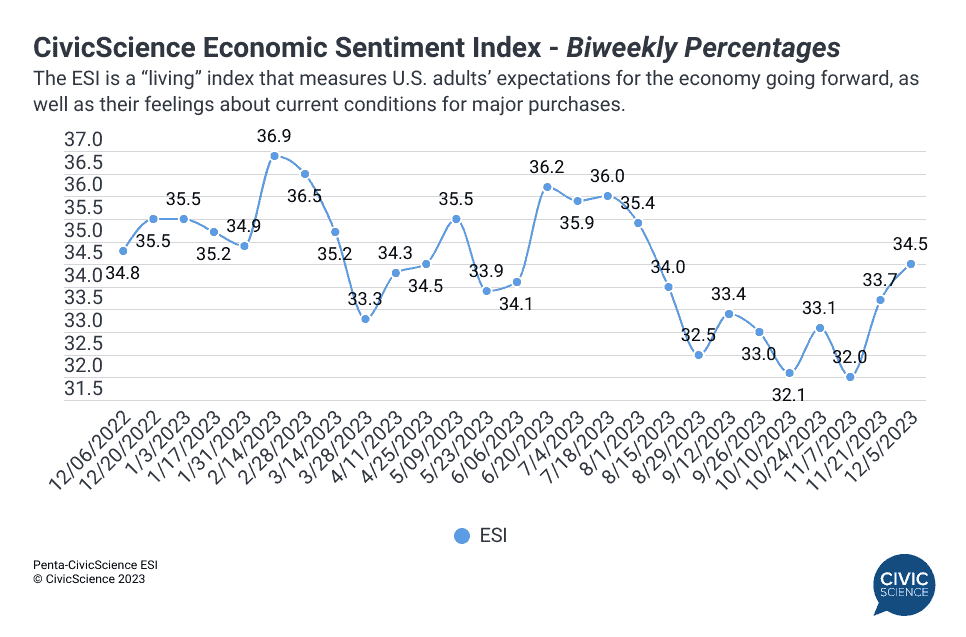I made a typo last week.
I wrote the phrase “telephone poll,” but I meant the roadside kind. Given my day job, I could lie and say it was deliberate, ironic, an easter egg. But no, I blew it and even autocorrect couldn’t save me. It ruined my Saturday morning coffee.
I wouldn’t say I have OCD in most cases, which Tara can attest, by virtue of the countless disorganized things I do around our house every day. There’s just something about words and grammar that triggers my brain. In college, I used to edit people’s school papers for cash. Weed in Florida was expensive in the 90s. Spotting typos was easy money.
The joy of catching a mistake in a high-end publication like The Wall Street Journal, extremely rare, to be sure, is like winning the Super Bowl. Pubs where it happens all the time are on my trash heap. You literally have one job…
It’s not only written words either. Next time we talk, utter the phrase “I could care less,” and watch my blood pressure jump 20 points. Even worse, people on the conference circuit and agency types who pronounce the word “processes” with a hard “e” at the end – a travesty with no etymological defense. That one especially irks me because the culprits think it sounds sophisticated. Apply the same pronunciation convention to “abscesses” or “recesses.” Then tell me it makes sense.
At the same time, I fully admit to being a hypocrite. I very much take liberties with grammatical rules, like the blatant sentence fragments in the preceding paragraph and at the end of this one. The crucial difference is that I do it on purpose, so things read the way they sound in my head. I’m particularly prone to flaunting the rules of punctuation, eschewing colons and semicolons whenever possible, mostly because they’re confusing. You can’t go wrong with a hyphen – a dash – to capture rhythm and emphasis. Unless you want a C-minus in 8th grade English.
Alas, the only thing more annoying than people who butcher grammar and turns of phrase are the people who correct them for it. So, I bottle it up. Few acts are more pretentious or obnoxious, except maybe humble bragging about how angry you are for making a typo in a weekly email newsletter once every few years.
And yet here I am. Guilty as charged.
Here’s what we’re seeing:
Consumer confidence is having something of a revival. Our Economic Sentiment Index had its second consecutive increase this week, reaching heights we haven’t seen since July, as consumers begin to feel the effects of slowing inflation. People are feeling particularly warm and fuzzy about major purchases – the cost of durable goods is now almost 3% below this time last year. I’m still super nervous about the pace of consumer spending right now (Note: I’m not a holiday retailer), particularly among younger and lower-income consumers. But we might as well enjoy the positive news while it lasts.

Thanksgiving was a big boost for our emotional well-being. Not entirely unrelated to our rosier economic mood, Americans reported a much-improved collective psyche in November, marking the first increase in our monthly Well-Being Index since June. In fact, the percentage of Americans who characterize themselves as “happy” is at levels we haven’t seen in well over a year. No doubt, this shared revelry will fuel more celebration – and spending – as we near the holiday finish line. The flip side, however, is that stress levels continue to increase as well. If there’s one big takeaway from the chart below, it’s that we’re all more emotional right now – good and bad – across the board.

Women are fixing to leave men in the economic dust. Our 3 Things to Know this week was chock-full of must-read stuff. First, we looked at the extent to which single women, particularly those making over $75k/year, are significantly outpacing their male counterparts in home ownership. Second, we examined the huge age disparity between people who prefer kiosks versus human cashiers. Younger consumers vastly prefer the former, but are also far less likely to step foot in a physical store. The long-term implications of this are fascinating to think about. Finally, we noted that Democrats are much more bullish than Republicans about their holiday spending this year – echoing what we’ve said for years about the relationship between consumer behavior and the party occupying the White House. (P.S. Sign up for our Election Mindset Tracker if you want to watch how this plays out next year.)

Electric vehicles have hit a plateau. The percentage of Americans who own or intend to purchase an EV for their next vehicle has remained uncannily flat – at around one-third of the population – for the past year. Cost is cited as the top deterrent, however, if you combine concerns over the range of EVs and the availability of charging stations, it seems the issues are as much about infrastructure and technology. Naturally, mileage and charging concerns are highest among rural and suburban dwellers, while older Millennials and Gen Xers are more worried about the price tag. EV makers need Gen Z to grow up fast and build wealth (not credit card debt) to boost the market. Don’t hold your breath.

You’ll find last-minute holiday shoppers on Facebook, not watching NFL games. Nearly one-third of U.S. gift-buyers say they haven’t even started their Christmas shopping. While these stragglers are more likely to say they’ll spend less this year overall, they still represent a large slug of retail dollars in the coming weeks. Among a handful of serendipitous insights we discovered about this group, we learned that they’re much more likely than earlier shoppers to say they watch more than 4 hours of TV daily but much less likely to say they watch the NFL. You can find them on Facebook, too; just don’t expect them to buy there – or anywhere online. They’ve run out of time.

More awesomeness from the InsightStore™ this week:
- Our Consumer Financial Health Index saw a boost in its most recent reading;
- The stark differences between Popeyes and Chick-fil-A customers;
- Gap customers are more likely to try Ozempic, Old Navy customers are more likely to be worried about student loans, and other key insights about the two;
- People love Spotify Wrapped, they just don’t want it from other platforms.
The most popular questions this week:
Do you personally enjoy decorating for Christmas?
How important, if at all, is it for you to keep up with local news?
Would you consider buying a Tesla Cybertruck?
Do you think online styling services are helpful to find clothes that work for you?
When you grocery shop, do you typically create a list before you go, or just wing it?
Answer Key: Love it – I just hate taking them down; Very – it’s the news that matters most; No thanks; Not for me; Alexa for grocery lists is technology at its finest.
Hoping you’re well.
JD
P.S. In a final bit of news, our Sage AI app just exited beta – thanks to all of you who participated and provided critical feedback to make it better. Beyond its general usefulness for consumer insights, Sage solves one of generative AI’s bigger challenges…so-called “hallucinations.” Check out the newest and smartest version here.
Want to see weekly insights from the What We’re Seeing through the lens of your customers? Learn how here.
Not on the list to receive the What We’re Seeing email? Sign up here. If you are new to this list, check out our Top Ten to get caught up.








